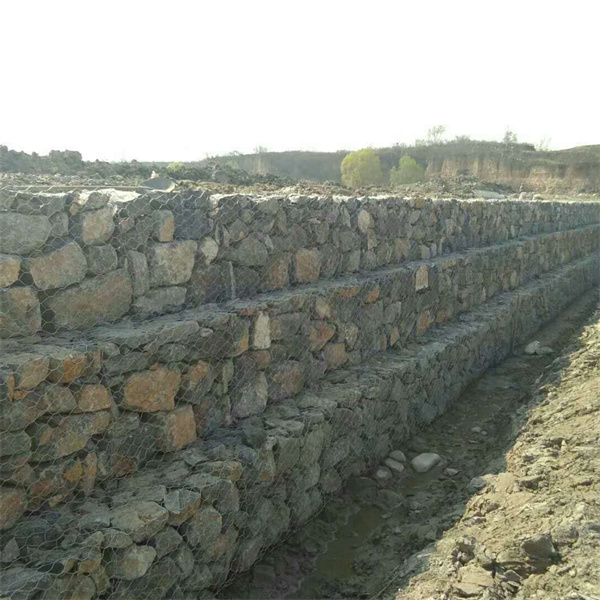नवम्बर . 05, 2024 18:56 Back to list
best installing gabion wall
Best Practices for Installing a Gabion Wall
Gabion walls have become increasingly popular in landscaping and civil engineering due to their durability, aesthetic appeal, and environmental benefits. Made of wire mesh baskets filled with rocks or other materials, gabion walls serve multiple purposes, including erosion control, landscaping, and noise barriers. Installing a gabion wall effectively requires careful planning and execution. Below are some best practices to consider.
Planning and Design
Before installation, the first step is thorough planning. Determine the purpose of the gabion wall is it for retaining soil, creating a decorative feature, or mitigating erosion? The design will differ based on its intended use. Measure the area accurately and check local regulations regarding wall height and permits required for construction. Additionally, consider the type of materials to use within the gabions. Larger stones provide stability, while smaller stones can enhance visual appeal when stacked.
Site Preparation
Proper site preparation is crucial for a successful installation. Clear the area of vegetation, debris, and loose soil. Establish a level foundation by digging a trench where the wall will be placed. This trench should be at least one foot deep to ensure stability. If the wall is particularly high, consider adding a gravel base at the bottom for drainage, which will help prevent water build-up behind the wall.
Installing the Gabion Baskets
best installing gabion wall

Once the site is prepared, it’s time to install the gabion baskets. Start by assembling the wire mesh baskets, ensuring they are securely fastened. Position the first layer of baskets in the trench you've created. Make sure they are level and align them properly. Use stakes or brackets to hold them in place, especially for taller walls.
When filling the baskets, use larger stones at the bottom to create a strong foundation and smaller stones on top for a more uniform appearance. Fill each basket completely and compact the materials as you go to prevent settling later. If you want to enhance the aesthetics, consider using colored stones or natural materials that blend with the landscape.
Final Touches
After filling the gabion baskets, secure the tops with wire ties to prevent the stones from spilling out. It is advisable to integrate vegetation around the wall to improve drainage and enhance the overall look. Lastly, check the stability of the wall, making necessary adjustments to ensure it withstands both environmental pressures and time.
Conclusion
Installing a gabion wall can be an excellent addition to your property, providing functional benefits and aesthetic appeal. By following these best practices, you can ensure that your gabion wall is installed correctly and serves its purpose effectively for years to come. Whether it's a charming garden feature or a robust structure for soil retention, careful planning and execution will yield the best results.
-
Visualizing Gabion 3D Integration in Urban Landscapes with Rendering
NewsJul.23,2025
-
The Design and Sustainability of Gabion Wire Mesh Panels
NewsJul.23,2025
-
The Acoustic Performance of Gabion Sound Barriers in Urban Environments
NewsJul.23,2025
-
Mastering the Installation of Galvanized Gabion Structures
NewsJul.23,2025
-
Gabion Boxes: Pioneering Sustainable Infrastructure Across the Globe
NewsJul.23,2025
-
Custom PVC Coated Gabion Boxes for Aesthetic Excellence
NewsJul.23,2025
-
Installation Tips for Gabion Wire Baskets in Erosion Control Projects
NewsJul.21,2025






